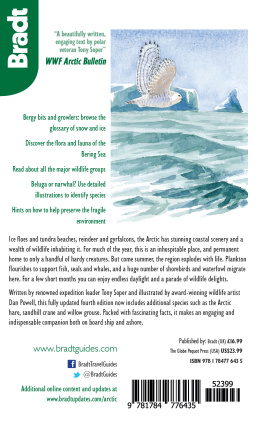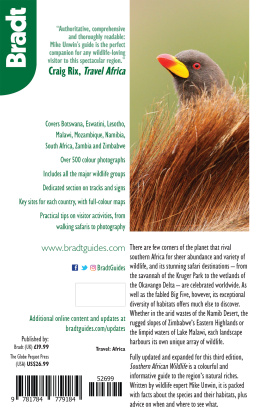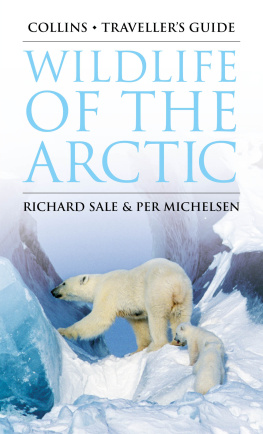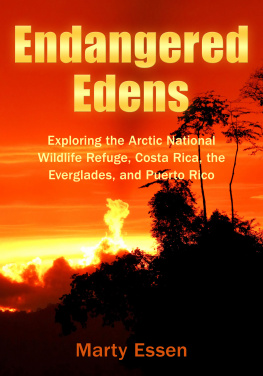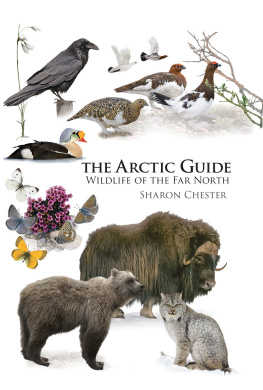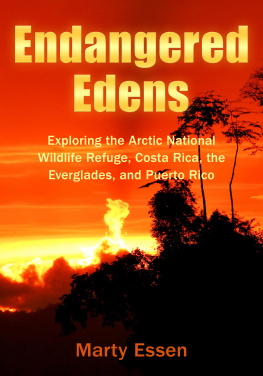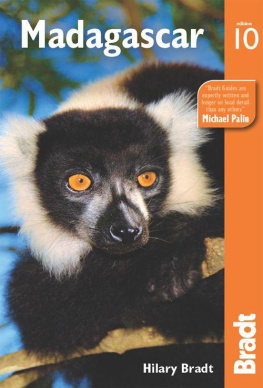Soper Tony - Bradt Arctic : A Guide to Coastal Wildlife
Here you can read online Soper Tony - Bradt Arctic : A Guide to Coastal Wildlife full text of the book (entire story) in english for free. Download pdf and epub, get meaning, cover and reviews about this ebook. year: 2019, publisher: Vearsa, genre: Art. Description of the work, (preface) as well as reviews are available. Best literature library LitArk.com created for fans of good reading and offers a wide selection of genres:
Romance novel
Science fiction
Adventure
Detective
Science
History
Home and family
Prose
Art
Politics
Computer
Non-fiction
Religion
Business
Children
Humor
Choose a favorite category and find really read worthwhile books. Enjoy immersion in the world of imagination, feel the emotions of the characters or learn something new for yourself, make an fascinating discovery.
- Book:Bradt Arctic : A Guide to Coastal Wildlife
- Author:
- Publisher:Vearsa
- Genre:
- Year:2019
- Rating:5 / 5
- Favourites:Add to favourites
- Your mark:
- 100
- 1
- 2
- 3
- 4
- 5
Bradt Arctic : A Guide to Coastal Wildlife: summary, description and annotation
We offer to read an annotation, description, summary or preface (depends on what the author of the book "Bradt Arctic : A Guide to Coastal Wildlife" wrote himself). If you haven't found the necessary information about the book — write in the comments, we will try to find it.
Bradt Arctic : A Guide to Coastal Wildlife — read online for free the complete book (whole text) full work
Below is the text of the book, divided by pages. System saving the place of the last page read, allows you to conveniently read the book "Bradt Arctic : A Guide to Coastal Wildlife" online for free, without having to search again every time where you left off. Put a bookmark, and you can go to the page where you finished reading at any time.
Font size:
Interval:
Bookmark:

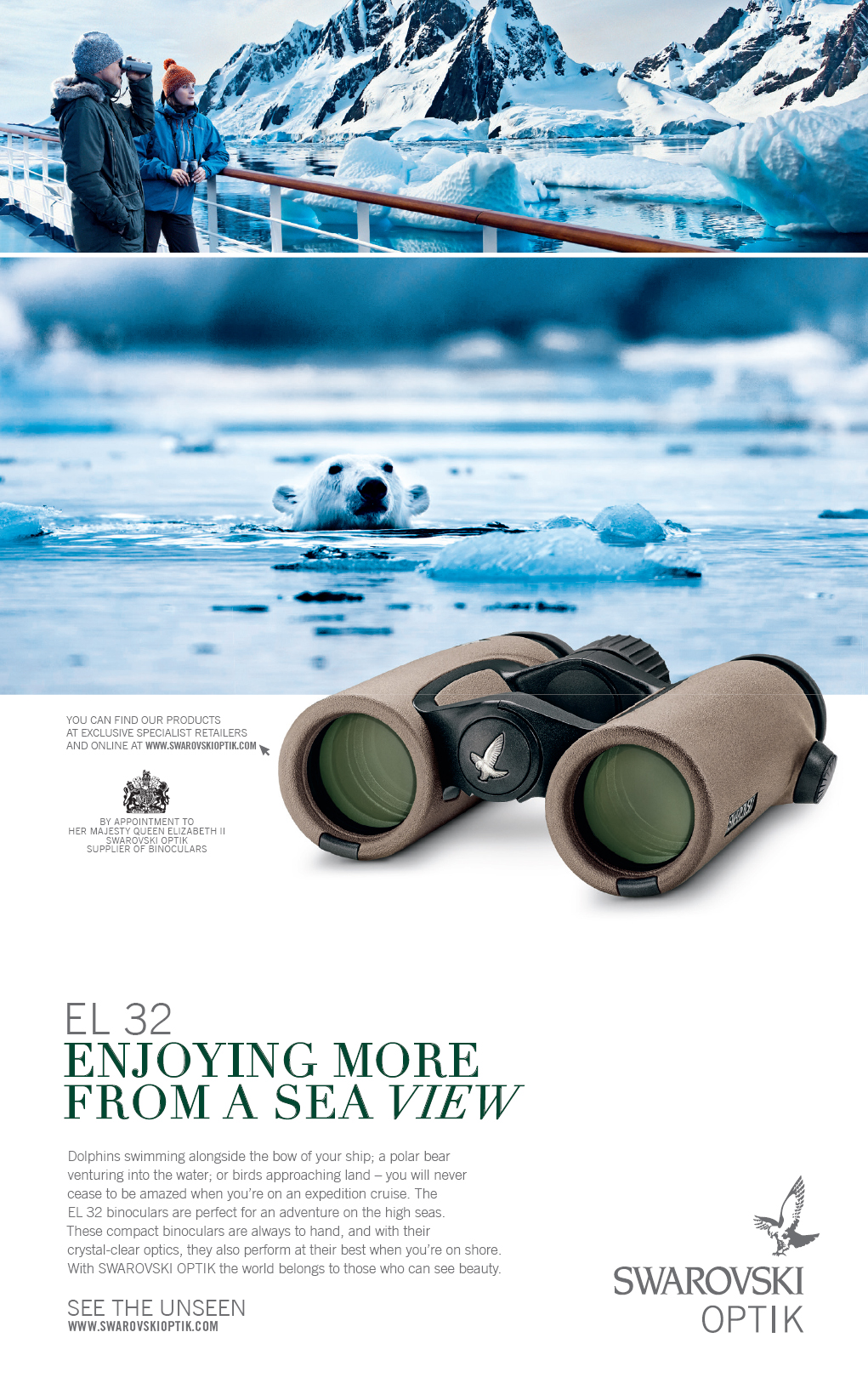
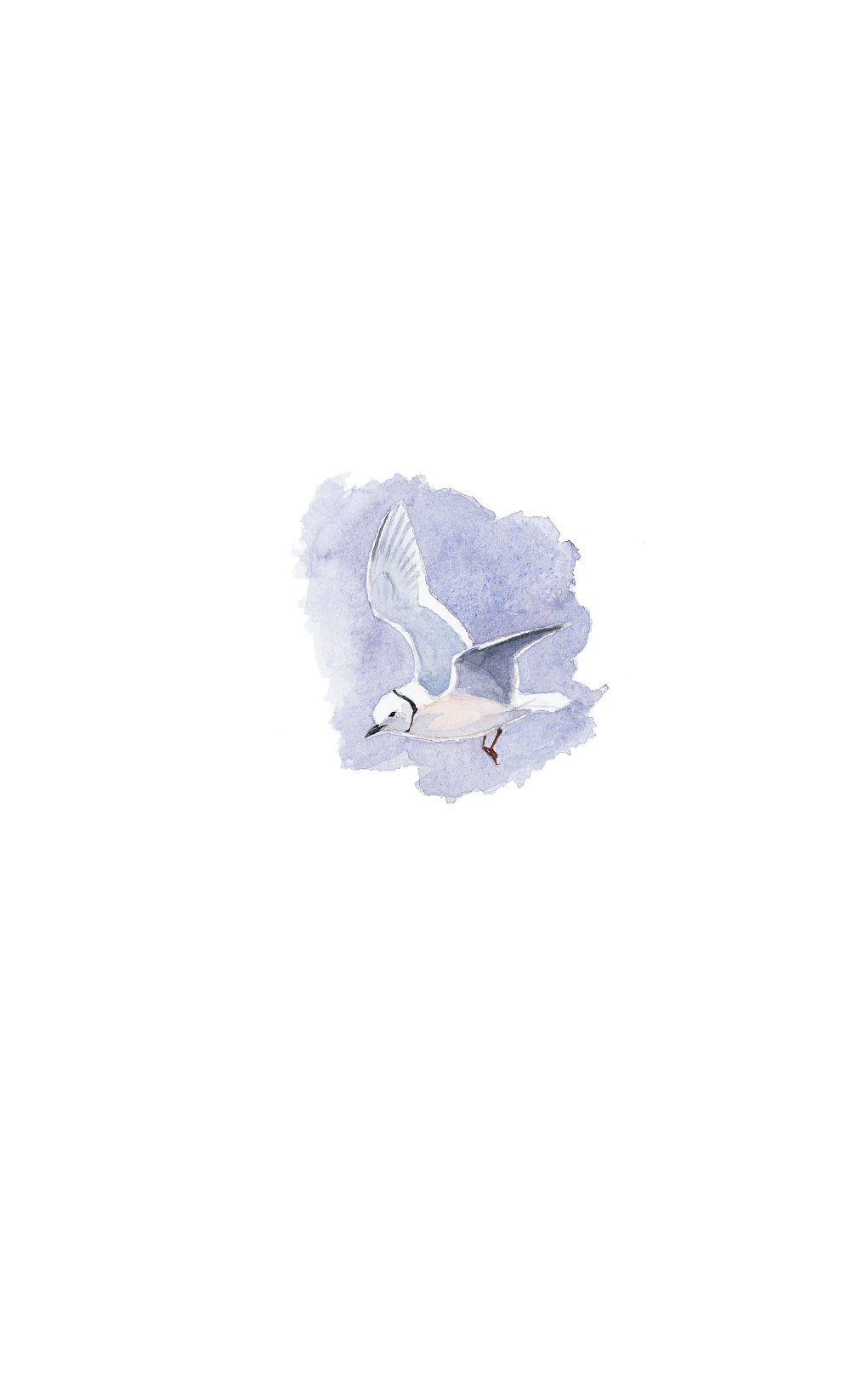
The Arctic
A GUIDE TO COASTAL WILDLIFE
Tony Soper
Illustrations by
Dan Powell
Bradt Travel Guides, UK
The Globe Pequot Press Inc, USA
Fourth edition May 2019
First published 2001
Bradt Travel Guides Ltd
31a High Street, Chesham, Buckinghamshire HP5 1BW, England
www.bradtguides.com
Printed edition published in the USA by The Globe Pequot Press Inc,
PO Box 480, Guilford, Connecticut 06437-0480
Text copyright 2019 Tony Soper
Illustrations copyright 2019 Dan Powell
Maps copyright 2019 Bradt Travel Guides Ltd
Photographs copyright 2019 individual photographers (see below)
Project manager: Claire Strange
The author and publisher have made every effort to ensure the
accuracy of the information in this book at the time of going to press.
However, they cannot accept any responsibility for any loss,
injury or inconvenience resulting from the use of information
contained in this guide. All rights reserved. No part of this publication may be
reproduced, stored in a retrieval system, or transmitted in any form
or by any means, electronic, mechanical, photocopying, recording
or otherwise without the prior consent of the publisher.
ISBN: 78477
e-ISBN: 78477 (e-pub)
e-ISBN: 78477 (mobi)
British Library Cataloguing in Publication Data
A catalogue record for this book is available from the British Library
Illustrations Dan Powell
Front cover A polar bear looks on while several male narwhals surface to blow
(Dan Powell)
Photographs Shutterstock.com: Geraldas Galinauskas 163b;
Tim Soper 161b, 162b; Tony Soper 161a, 162a, 163a, 163b
Maps David McCutcheon
Designed by Pepenbury Ltd
Typeset by Chris Lane, Artinfusion
Production managed by Jelly fi sh Print Solutions; printed in the UK
Digital conversion by www.dataworks.co.in

Contents
Contents


The Arctic


The Arctic
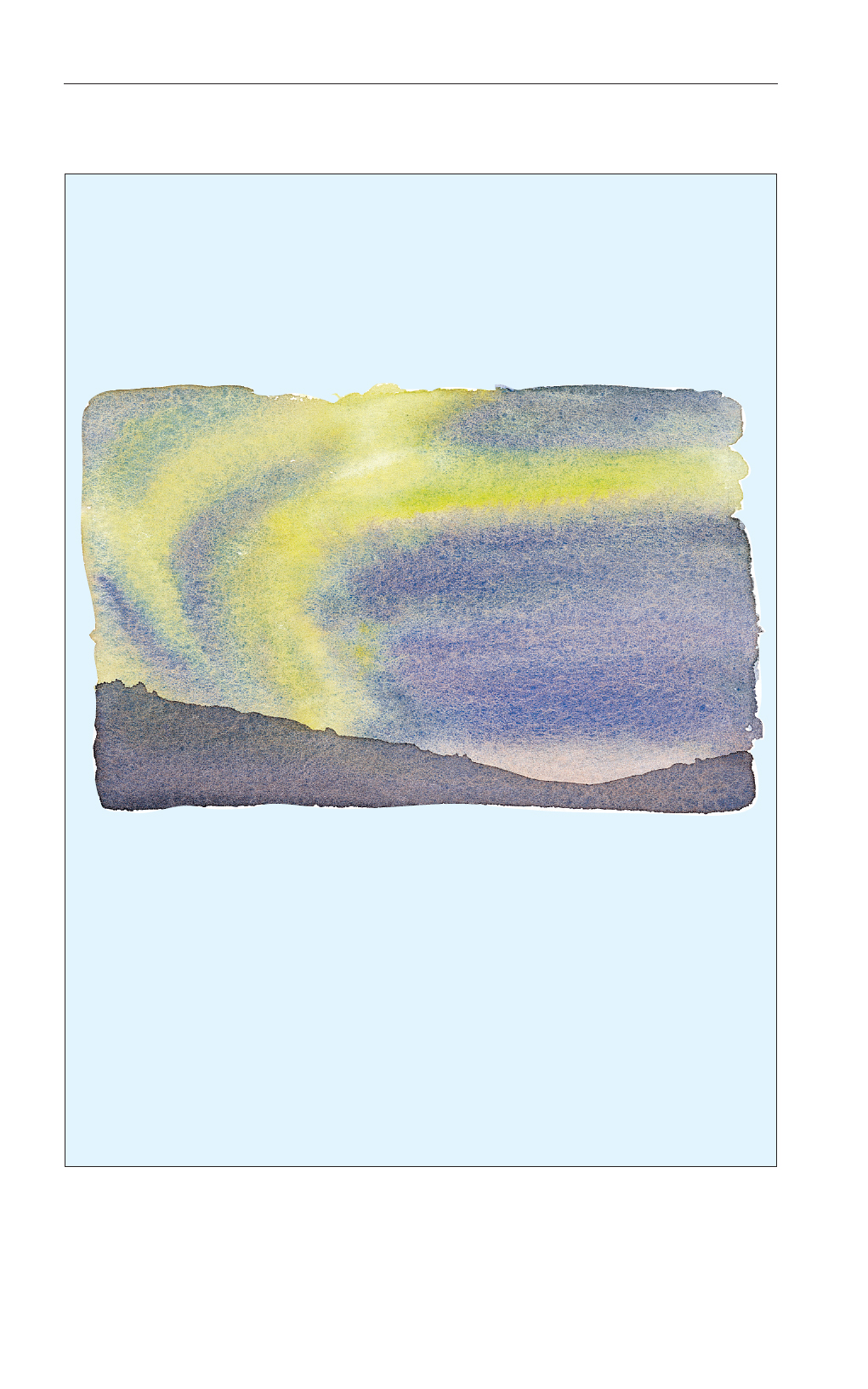
The Arctic
Aurora Borealis (Northern Lights)
So tremble the northern lights their silver veil across the heaven, soon gold, soon green, soon reddish; spreading; gathering again in a breathless rush; vibrant illuminated silver threads in exuberant folds; sparkling luminous waves that journey on, and the brilliance lost only for a moment.
Fridtjof Nansen
Best seen in the winter months when the sun is well below the horizon from a latitude between and degrees, the Aurora takes the form of arcs and beams of pulsating and flickering coloured lights quivering and shimmering and filling the upper sky, in the style of a fluorescent screen. The curtains and draperies of colour may be a mix of yellows, greens, violets and flaming reds, though green auroras are the commonest. Even in high summer there is a fair chance of seeing the effect, though it will be confined to smoky blacks and greys sweeping across the sky.
Auroras ( borealis and australis ) are confined to the magnetic pole areas; they are performances displayed many kilometres high in the sky and stretched over thousands of kilometres wide. They are caused when electrically charged particles streaming towards earth from the sun strike oxygen and hydrogen ions in the rarefied upper atmosphere.
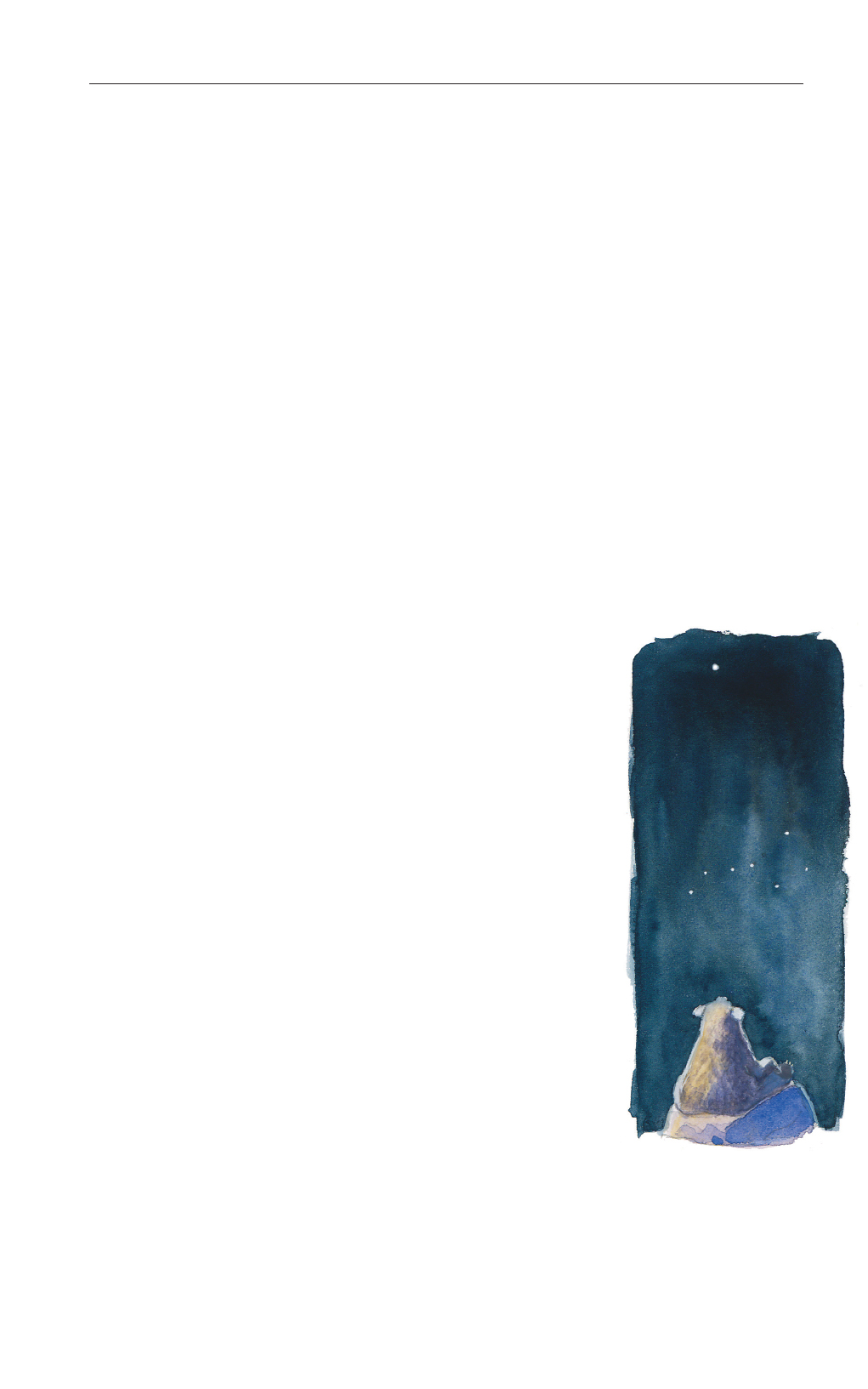
Introduction
Introduction
T he name Arctic is derived from arctos , the Greek for bear. The heavenly constellation of the Great Bear Ursa major points the way to the Pole Star, Polaris . In classical times the region was seen as deliverer of the north wind, boreas , bringing the ice and snow of winter to the south, a concept familiar to Mediterranean philosophers long before brave sailors ventured north to prove its existence.
The Arctic is a huge area. There is no clear agreement on its extent, no simple geographical or even political definition of its territory. The Arctic Circle 6633N may suit cartographers (neatly matching the Antarctic Circle which more naturally defines the Antarctic), but it stretches much too far south, encompassing great industrial cities and vast forests. For oceanographers the Arctic is the region permanently covered by ice, whether it is a vast expanse of solid ice or open water mainly covered by drifting pack; in other words the region where sunlight barely penetrates to the water below and there is little life. Climatologists use isotherms and point to the region north of the 10C summer isotherm which represents the average temperature in the warmest month of July. This is a concept which also commends itself to biologists, for it positions the Arctic conveniently north of the tree line. It is the definition we have adopted for this book.
The permanent ice of the Arctic is a three- or four- metre thick sheet covering eight million square kilometres north of Svalbard and Franz Josef Land. The rivers of ice coming down from the Greenland ice cap end as glaciers, the most impressive in the northern hemisphere; the largest carve great icebergs into Disko Bay on the west coast, while lesser ones go to sea from Scoresby Sound in east Greenland, Svalbard and Franz Josef Land.
The Arctic is cold, below freezing point for more than half the year, and it is dry a region of high winds and little rainfall. Parts are as arid as the Sahara: in northwest Greenland the annual precipitation is
Polar bear stargazing

The Arctic

75mm (London enjoys 550mm). But the seasonal retreat of the ice provides an ice-edge effect. The returning sun encourages algae to form under the ice, to be browsed by crustaceans; increasing warmth fuels plant plankton in the open waters of the polynyas and around the edge of the ice. The ocean is surrounded by a shallow continental shelf whose nutrient-rich surface waters encourage a plankton bloom which nourishes the fish, seabirds, seals and whales which visit to take advantage of the summer harvest, when the peripheral ice retreats in the face of warm water from the south. From diatoms to great whales the coastal waters produce a seasonal abundance. The Arctic flora and fauna are adapted to these violently fluctuating living conditions but the ecological balance is fragile, easily disturbed and slow to recover.
Font size:
Interval:
Bookmark:
Similar books «Bradt Arctic : A Guide to Coastal Wildlife»
Look at similar books to Bradt Arctic : A Guide to Coastal Wildlife. We have selected literature similar in name and meaning in the hope of providing readers with more options to find new, interesting, not yet read works.
Discussion, reviews of the book Bradt Arctic : A Guide to Coastal Wildlife and just readers' own opinions. Leave your comments, write what you think about the work, its meaning or the main characters. Specify what exactly you liked and what you didn't like, and why you think so.

